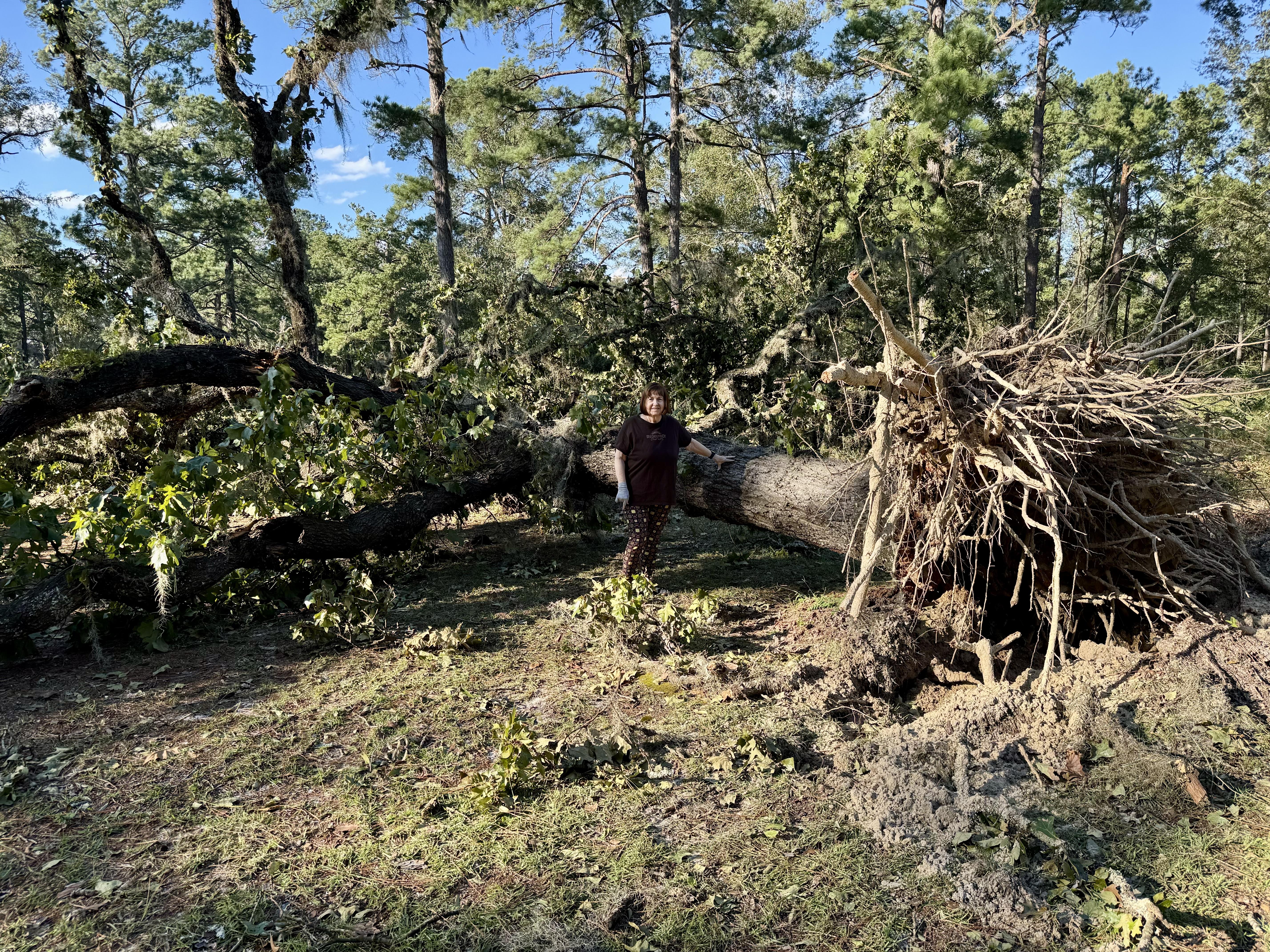Water damage can strike when you least expect it, wreaking havoc on your home and finances. Whether it’s a burst pipe, a leaking roof, or a natural disaster, understanding how to file a claim for water damage is crucial in ensuring you receive the compensation needed to restore your property. This article serves as your comprehensive guide to navigating the often complex process of filing a water damage claim. We’ll walk you through essential steps, from documenting the damage to communicating effectively with your insurance company, and highlight common pitfalls to avoid. Equip yourself with the knowledge and confidence to handle your claim efficiently, and protect your home from further distress.
Understanding Your Insurance Policy for Water Damage Coverage
When navigating the intricacies of your insurance policy for water damage coverage, it’s crucial to thoroughly understand the specifics outlined in your documentation. Begin by examining the types of water damage that are covered. Policies often differentiate between sudden and accidental damage, like burst pipes, and gradual damage, which may not be covered. Pay close attention to terms such as “sudden and accidental” and “gradual damage” to ensure you know what scenarios are protected under your plan.
- Review Exclusions: Check for common exclusions such as neglect, wear and tear, or long-term leaks.
- Understand Your Deductible: Be aware of the deductible amount, as this will affect your out-of-pocket expenses.
- Document Everything: Keep detailed records of any maintenance and repairs to support your claim if needed.
- Endorsements and Riders: Consider adding endorsements or riders for additional protection against water damage not typically covered.
These elements are essential to grasp so that you can confidently navigate your policy and efficiently file a claim when necessary. Understanding these components ensures that you’re not caught off guard when water damage occurs, and you’re prepared to take swift, informed action.

Documenting the Damage: Essential Steps for a Successful Claim
In the aftermath of water damage, a thorough and organized documentation process is crucial for a successful insurance claim. Start by taking clear photographs and videos of all affected areas, capturing both close-up details and wider shots to convey the extent of the damage. It’s essential to document not just the visible damage but also any structural issues that may not be immediately apparent. Use a ruler or another object for scale in your photos to give adjusters a better sense of the damage size.
Create a detailed inventory list of damaged items, including their make, model, purchase date, and approximate value. If possible, gather any receipts or proof of purchase documents to substantiate your claims. As you compile this information, maintain a record of all communications with your insurance company, including emails, phone calls, and letters. This record will be invaluable if there are any disputes or delays in processing your claim. Remember, the more comprehensive and organized your documentation, the smoother the claims process will be.

Navigating the Claims Process: Tips for Effective Communication with Insurers
Effective communication with your insurer is crucial when filing a claim for water damage in your home. Here are some strategies to ensure your interactions are productive and stress-free:
- Document Everything: Before reaching out, gather all relevant documentation, including photographs of the damage, receipts for any temporary repairs, and a detailed inventory of affected items. This will help you provide accurate information and support your claim.
- Be Clear and Concise: When communicating with your insurer, be clear about the extent of the damage and what you are claiming. Avoid unnecessary details and focus on the facts.
- Follow Up Regularly: Keep a record of all communications, including phone calls and emails. Follow up regularly to check the status of your claim, but remain patient and polite.
- Understand Your Policy: Familiarize yourself with the terms and conditions of your insurance policy. Knowing what is covered and what is not will help you set realistic expectations.
By maintaining organized documentation and clear communication, you can facilitate a smoother claims process and potentially speed up the resolution.

Avoiding Common Pitfalls: Expert Advice on Maximizing Your Claim
When navigating the often complex process of filing a claim for water damage, homeowners frequently encounter several common mistakes that can significantly impact the outcome. To ensure you maximize your claim, consider these expert tips:
- Document Everything: Immediately take detailed photos and videos of the damage. Capture every angle, and don’t forget to document the source of the water. This evidence will be crucial when presenting your case to the insurance company.
- Act Quickly: Time is of the essence. Notify your insurance provider as soon as possible to start the claims process. Delaying could result in further damage and might weaken your position.
- Understand Your Policy: Familiarize yourself with the specifics of your coverage. Knowing what is and isn’t covered, such as mold damage or certain types of water intrusion, can help manage your expectations and strategy.
- Mitigate Further Damage: Take immediate action to prevent additional damage, such as tarping roofs or stopping leaks. This demonstrates to your insurer that you are proactive and responsible, potentially strengthening your claim.
- Consult Professionals: Engage with a public adjuster or a contractor who specializes in water damage. Their expertise can provide invaluable insights and support in accurately assessing and reporting the damage.
By avoiding these pitfalls, you can significantly enhance the likelihood of a favorable settlement, ensuring your home is restored to its original condition without unnecessary financial strain.

